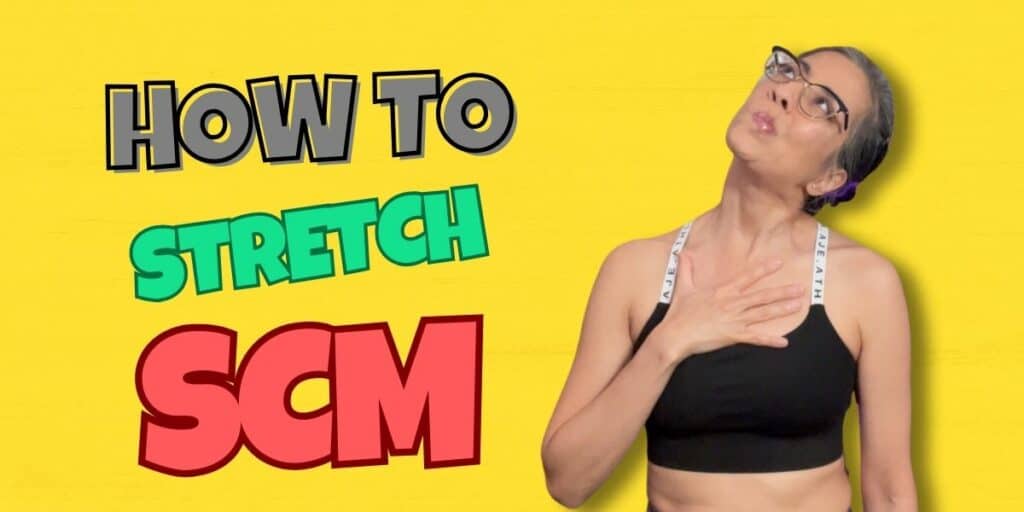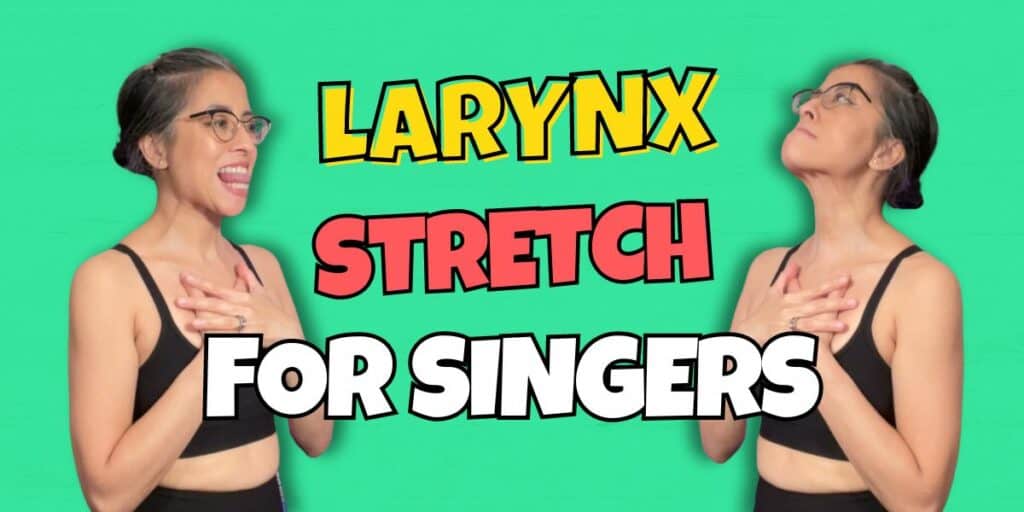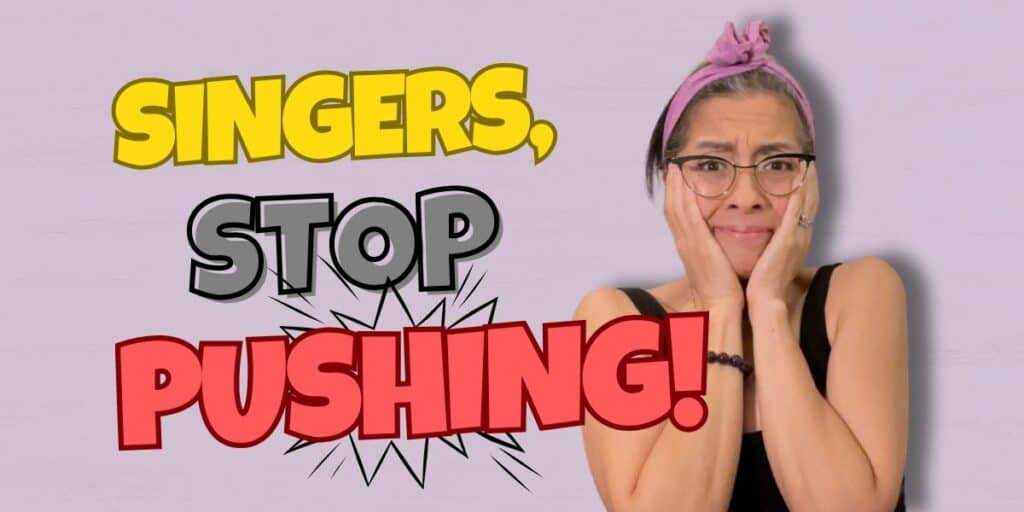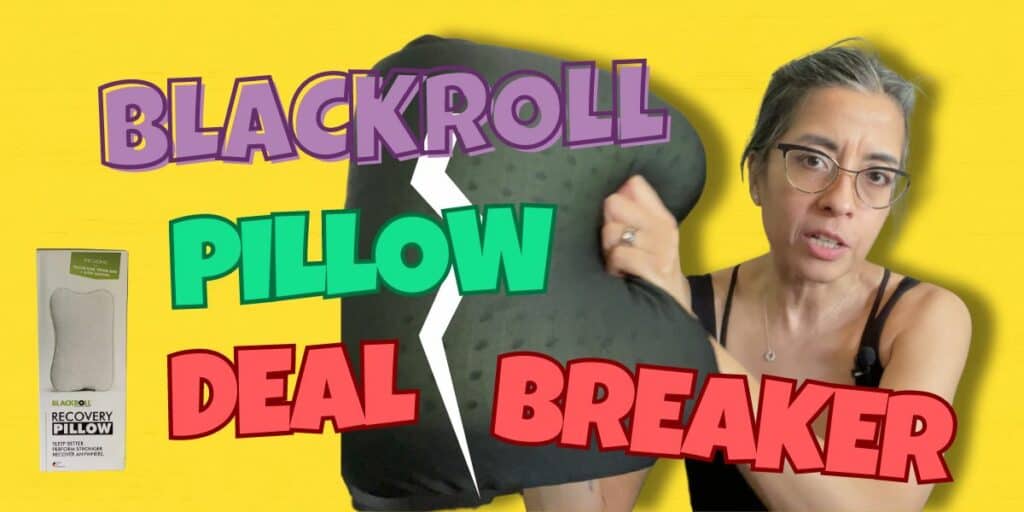Neuro motor Control is the most important element in Movement Capacity and sadly also the most under-utilised one in Movement Training.
Like This Post?
Never miss a post.
Get our blog posts delivered straight to your inbox!
In this episode of MoveMedics TV I take you through what neuro motor control is, how are neural motor pathways formed, what works against your nervous system and movement, and I also share 3 hot tips to help you prime your brain for movement training.
If you want to Optimise your brain for movement training and get the best bang for your bucks in your training session, then this video is for you.
’Til next time, Be Free In Your Movement™.
x
Selina
B. Phty
This information is not medical advice. Got health concerns? Consult a real-life health professional.
Views are my own.
*Affiliate links. Your choosing to use these goes towards supporting my content creation. Thank you.
Neuro motor Control is not only my favourite Movement Element to talk about, it is also the one I think is the most important but sadly the most under-utilised in movement training. If you want to optimise your brain for your movement training and get the most bang for your bucks in your training session then this video is for you. Ready? Let’s jump in.
Hi, I’m Selina, physio from MoveMedics, welcome to my channel! If you are new please consider subscribing, especially if you are a movement enthusiast who want to do Split, Straddle, Backbend to complement your favourite movement activities, or you are a Singer who want to optimise your movement to support your Vocal Health and Performance.
Today we continue on with our Movement Capacity Series with Neuro motor Control. Neuro motor control is all about your nervous system, how well and how fast your nervous system integrates all the sensory information it receives, from both your body and also your environment, process all them, analyse them, make good decisions, and then send instructions via neural motor pathways down towards your body so that your body can execute them when and how it was intended.
We were not born with neural motor pathways pre-installed, we were born with some automatic function and a handful of reflexes, that’s it. Every movement we want to do we have to make new neural motor pathways for. If you want to crawl, you’re going to make neural motor pathways for crawling, you want to pick up that toy, you’re going to make neural motor pathways for reaching and grasping, if you want to walk, well you better make some neural motor pathways for that too.
So really we form new neural motor pathways because we are trying to solve movement problems, and we need to have appropriate amount of sensory input as clues to help us do that. If you want a baby to crawl towards you what do you do? You call out to them, give them some auditory input, or you dangle a bright toy in front of them as visual stimulus, and we need to have the right amount because too little won’t be enough and too much would just overwhelm, and then as we begin to experience movement, we explore and experiment, neural motor pathways gets consolidated.
So as adult learning a new movement what can we do to make sure that our brain is ready for motor learning? Well, before I tell you what can help it I want to first tell you about what works against it.
Because neuro motor control is all about the nervous system, anything that can affect your nervous system can affect your movement. Any condition of the central nervous system, so that’s brain and spinal cord, can affect movement, for example Parkinson’s Disease, Multiple Sclerosis, Spinal Cord Injury, an Acquired Brain Injury or Stroke just to name a few.
Any condition that affect your peripheral nervous system, which are the nerves in your arms and your legs, can also affect your movement, just ask anyone who has had Sciatica and they will tell you how prohibitive that was for their movement. And while we’re talking about Sciatica, peripheral neuropathies like that are an inflammatory issue NOT a compression issue, which means you have a lot of pain because you have an inflamed, super cranky nerve and NOT a pinched nerve.
Next we have some lifestyle factor that can affect your nervous system and the two biggest ones are sleep and stress. When you don’t have enough sleep, both in good quality and sufficient quantity, your nervous system can become more sensitive to pain and less pain tolerant, it’s a brutal combination.
And stress of course wrecks all sorts of havoc on our nervous system, so for the long-term health of your movement, and really for your well-being in general, we want to make sure we have good Sleep Hygiene and we also must look after our Mental Health.
And lastly we must consider what we put inside our body and I’m talking about prescription medication, illicit drugs or alcohol. Now if you need to have prescription medicine for your health then of course you need to keep taking them, but for the optional stuff you really want to think about how and when you consume them.
You might think having a drink or two then go and do movement makes you less inhibitive, and you may have more fun while doing so, but that does you no favours in terms of establishing your neural motor pathways. So what helps your brain out?
To set your brain up for the maximum gain in your training session you need three things.
Firstly your brain needs to be Alert, some people’s brains are most alert in the morning, but others, their brains are most alert in the evening, so you know yourself best so you do you, and sometimes if you’re feeling quite tired or you may be a little bit unwell but you still want to do some movement because movement is good for you and can often perk you back up, I would suggest that you do more general movement like going for a walk or having a leisurely bike ride, and save your skill building sessions for when your brain is refreshed and alert.
The second thing your brain needs is Attention, now we have talked about removing distraction in the Coordination episode so definitely check that out and grab those tips, and a new tip for you today is that you are always going to be better off spending, doing a 10-minute hyper-focused session on one task than spending an hour faffing about with your training, do a little bit of practice, scroll on Instagram for a bit, practice a little bit, go talk to someone for a while, practice a little bit, watch people for a while, when you do that you are literally scattering your brain everywhere which is the exact opposite of having attention.
And this now takes us to number three. Urgency. When you only have 10 minutes to do something you are going to make that 10 minutes count, right? And another way to create some sense of urgency is to practice your movement to a metronome.
If you set your metronome up to 60 beats per minute, it will click once a second and then you practice in time with the click and that is where that sense of urgency comes from, and when you do that it does something magical in syncing your brain up with your body so give that one a go and do let me know how that goes.
Neuro motor control is the foundation to Skill development and Skill is what we are talking about in the next episode, but until then I have a special message for you.
I believe that better movement is available to anyone who wants it and I am here to show you how. So if you have any questions about this episode or movement in general, please don’t hesitate to put it in the comment section and I will do my best to help you out.
Apart from subscribing to this channel you can also follow me on the Instamagram for bite size movement and mindset tips.
Now we know here on YouTube that every video click, every minute watched, every like, comment, share, and sub goes a very long way to helping a channel grow so I want to thank you very much for spending time with me today, I appreciate you lots and I look forward to seeing you in the next episode.
Until then, thank you so much for watching and Be Free In Your Movement™







